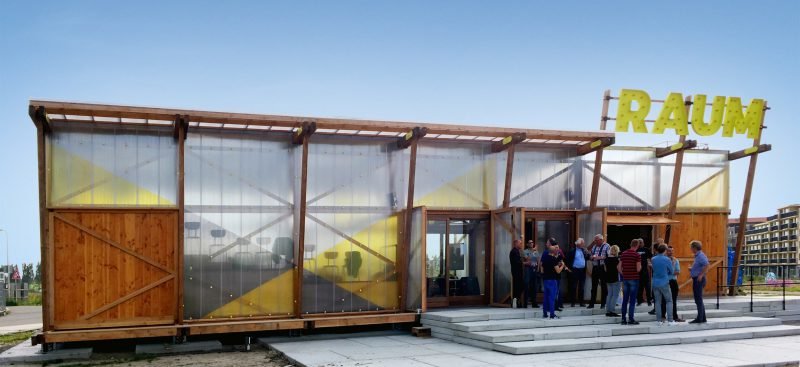Pachube And The Internet Of Things
Not so long ago, the Internet of Things sounded like something very abstract. The term ‘Internet of Things’ represents a world in which more and more objects and devices in daily life are connected through minuscule identifiying devices which make use of, for instance, RFID technology. Think of energy monitoring. In his book ‘The Internet of Things: A Critique of Ambient Technology and the All-Seeing Network of RFID’, Rob van Kranenburg foresees a “near invisible network of wireless frequencies where almost any object and space can be located and monitored, found and logged as easily as an item on eBay or the price of a flight on EasyJet”. Wikipedia claims that with the Internet of Things in a further stage, “daily life on our planet will undergo a transformation”. In their publication ‘Connecting Sustainable Cities’, Shane Mitchell and Federico Casalegno explain that “pervasive connectivity and related services can encourage new ways of planning, working and living that make social connections stronger and lead to cooperative sustainable behavior”.
“If all objects of daily life, from yogurt to an airplane, are equipped with radio tags, they can be identified and managed by computers in the same way humans can. The next generation of Internet applications (IPv6 protocol) would be able to identify more objects than IPv4, which is currently in use. This system would therefore be able to instantaneously identify any kind of object.”
From this viewpoint, Pachube is an interesting phenomenon as it is one of the first initiatives to make the Internet of Things more concrete by attempting to bring it to the people themselves. Pachube is an open source platform enabling developers to connect sensor data to the Web and to build their own applications on it. Furthermore, the platform provides opportunities to embed dynamic real-time graphics in websites or blogs. Richard MacManus explains that Pachube enables automation of your environment, “for example controlling the lighting in your house, via sensors and the Internet”. Using a notifications feature called ‘triggers’, Pachube can cause a specific action in external applications or devices.
“Pachube can be difficult to understand at first glance. At heart it is about connecting environments. However it’s more than just connecting sensors to the Internet. Pachube wants its users to interact with sensor data and use it to actively engage with their environment.”
Needless to say, the Pachube platform is still at an early, experimental stage. “Its website is very much focused on developers and prototypers right now.” Nevertheless, to provide little insight in its potential, here is an example which live Pachube data is displayed in real-time in an Augmented Reality application built with Arduino, an open-source electronics prototyping platform.
It’s still a long way to go for the Internet of Things, and for the present, the Pachube platform will retain a playground for geeks. The next step is to make the Internet of Things more tangible for John Doe. By then our proclaimed “cooperative sustainable behavior” based on smart use of ICT will make a new step towards reality.




